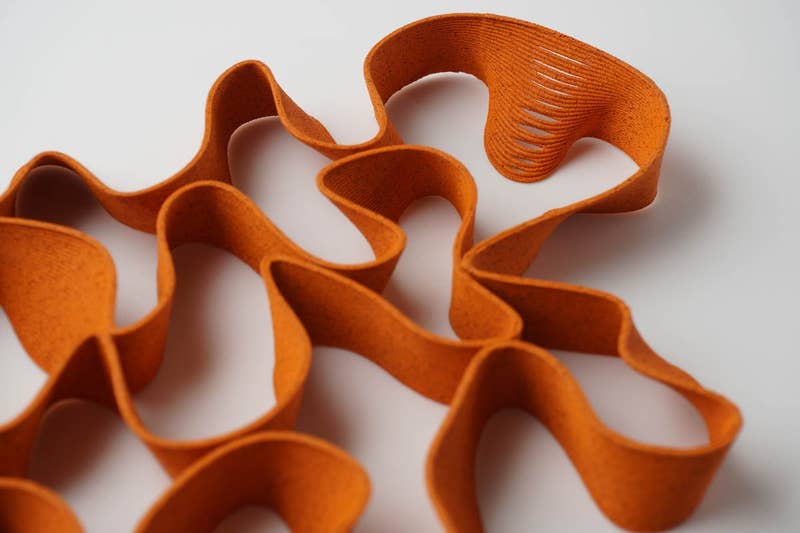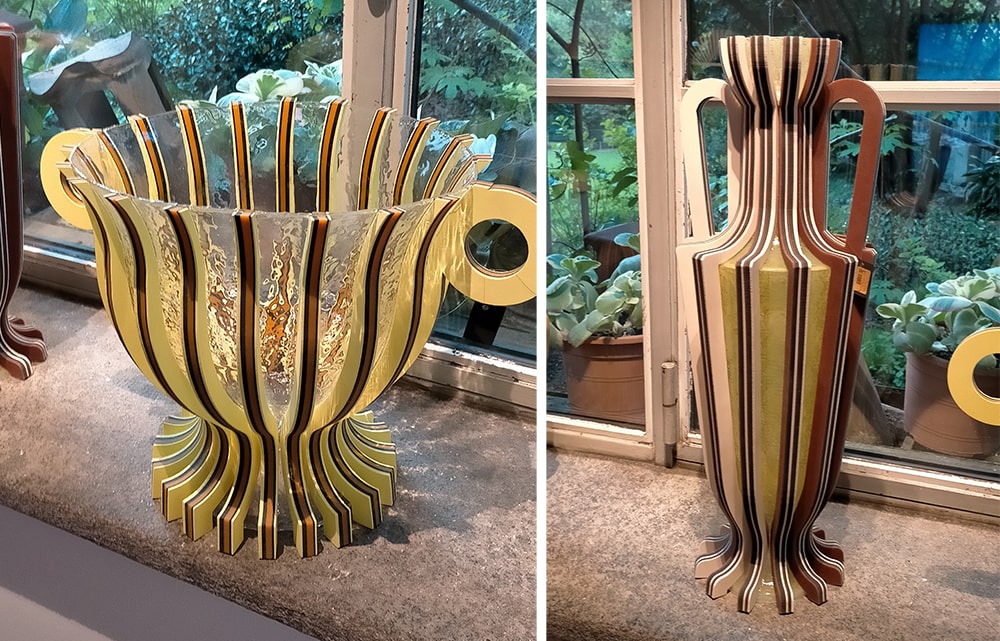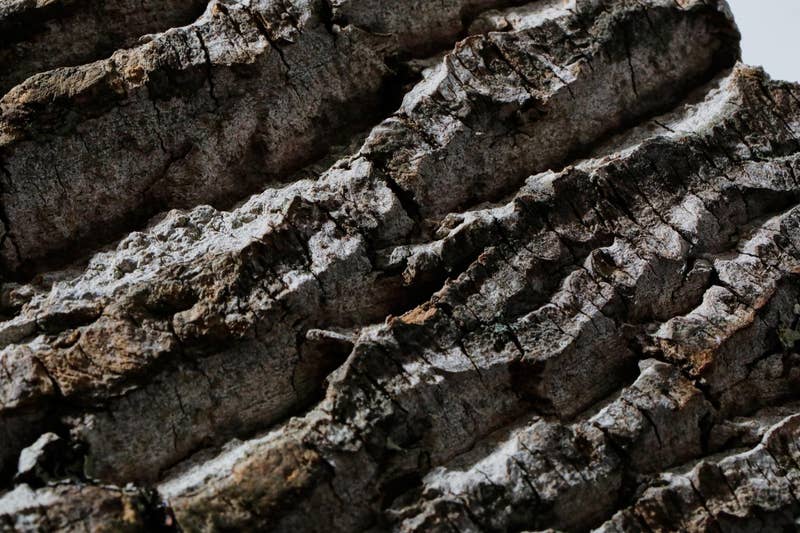
Regeneration Challenge: Three Materials Towards Circular Design
Innovative materials for circular design
Like urban regeneration, materials regeneration is increasingly gaining ground, offering a paradigm shift, in which products and spaces are conceived to be transformed. Circular design is no longer just a trend, but a concrete trajectory that merges ethics and aesthetics, technology and craftsmanship. In this scenario, innovative materials emerge — recycled, recovered or regenerated — that open up new design possibilities.
From the Material ConneXion Database we offer some examples of materials that can become a vehicle for environmental, social and creative transformation.
Fish nets recycled panels
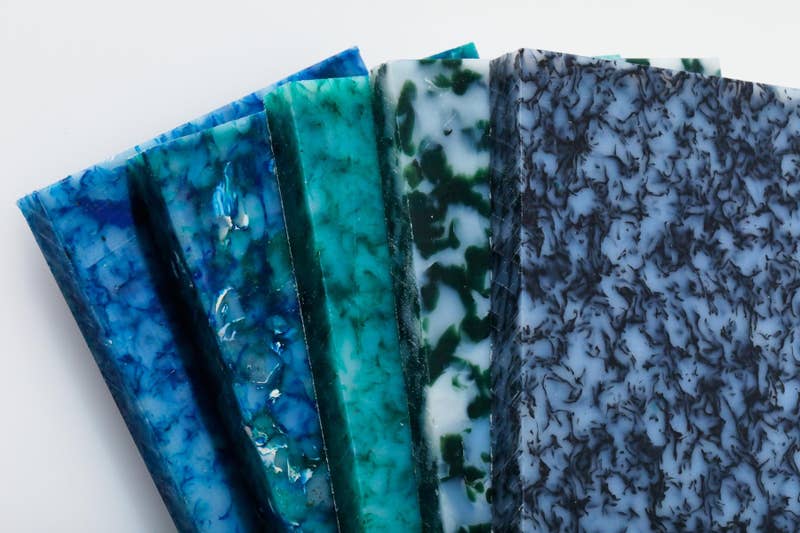
A Spanish company has created decorative panels using only fishing nets waste. The material is produced locally, where the nets are collected in Spanish ports and surrounding areas and then shredded and pressed into rigid panels made entirely of HDPE (high-density polyethylene). The resulting patterns, which visually recall stone and natural materials, are the result of the random arrangement of the nets under high pressure. The production process results in a product that erases the need for virgin materials, helping with the protection of the marine ecosystem from plastic pollution. Thanks to their high resistance to water and humidity, these panels are suitable for both indoor and outdoor uses, including public applications such as street furniture and playgrounds.
Recovered bark for architecture
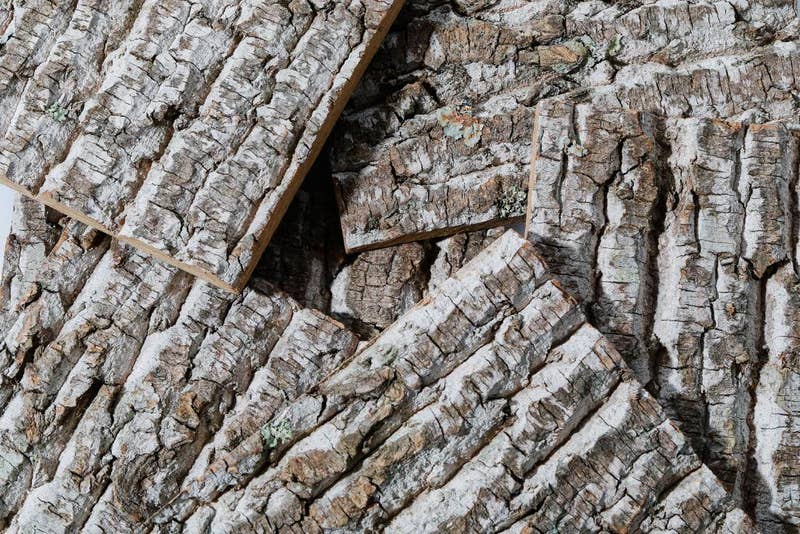
The use of materials historically considered manufacturing waste extends to timber bark as well. Poplar, cherry, birch, and pine barks are among the wood types utilized by an American company founded thirty-five years ago to establish forest product manufacturing in the Blue Ridge Mountains of Western North Carolina. The company’s mission is to redirect the power of the building industry toward regenerating the forest and supporting the forest community. Bark veneers, or thicker bark layers, are used for interior wall panels. By producing various formats, the company adds value to a by-product of the timber value chain while promoting energy autonomy through the use of solar energy and a waterless process.
Recycled outdoor fabrics from used tires
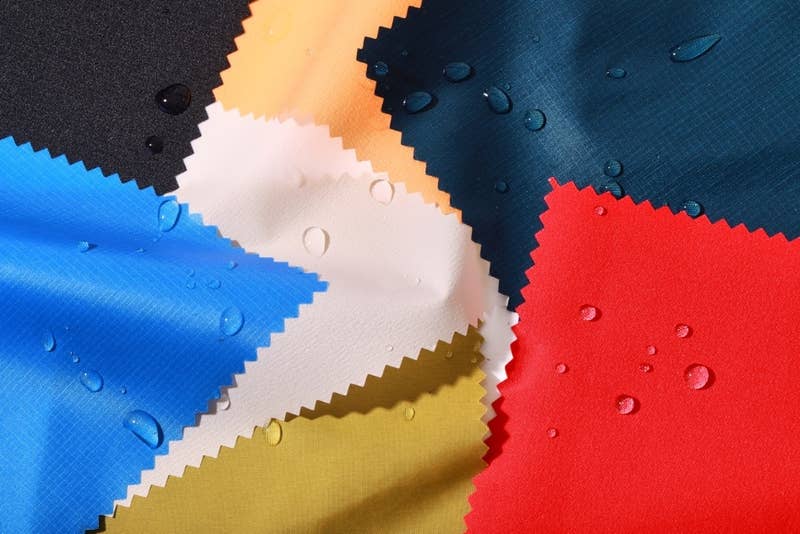
Obtained from the recycling of pre- or post-consumer tires, this high-performance nylon fabric stands out for its performance, while maintaining the look and feel of a virgin material. Unlike many recycled nylons — often rough, inefficient and difficult to find — it offers high quality, combining functionality and a completely circular production chain.
The process patented by BASF transforms the most rigid polymers through cutting-edge thermochemical technology. The result is a high-performance yarn, soft, resistant and suitable for multiple uses, which makes a concrete contribution to reducing dependence on virgin materials and managing the end of life of tires.
Thanks to its resistance to UV rays, natural water repellency and durability over time, it is ideal for outdoor applications for textile furnishings or outdoor curtains.
Contact Materially to discover the Materials Insights subscription to Material ConneXion: thousands of contents and trend reports on innovative materials and access to the Materials Library which boasts a database of 10,000 innovative materials that you can consult for your innovation projects. For information write to info@materially.eu

